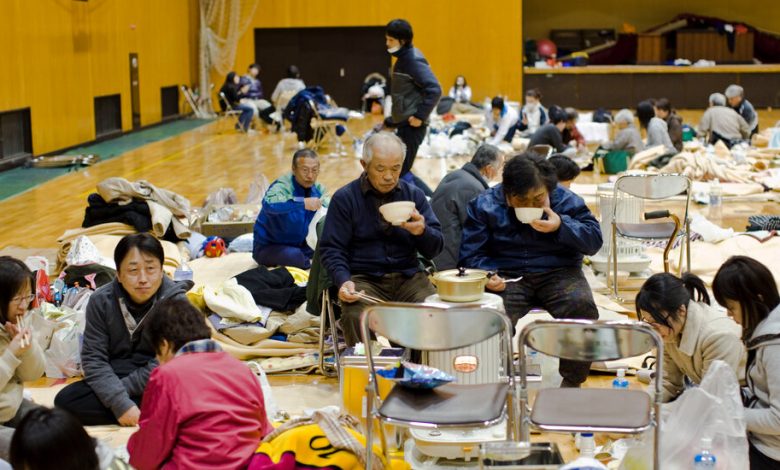In Quake-Scarred Japan, 2011 Fukushima Disaster Still Looms Large

As Japan assesses the damage from Monday’s major earthquake, it is still reckoning with the devastating nuclear crisis triggered by an quake nearly 13 years ago, one that placed the name of Fukushima on par with Chernobyl’s and traumatized the nation.
In March 2011, an 8.9-magnitude earthquake and a tsunami devastated the northeast coast of Japan and knocked out cooling systems at three of the Fukushima Daiichi nuclear plant’s reactors, causing a triple meltdown that spewed radioactive fallout over large swaths of land around it.
The quake and tsunami killed more than 19,000 people, and the nuclear calamity, one of history’s worst, raised alarms around the world. Tens of thousands of people were evacuated from towns and farming villages around the plant, and a decade later some still had not returned.
The cleanup of the area around the Fukushima plant is still in an early phase. The government said the treated radioactive wastewater that was used to cool nuclear fuel rods would likely be released over a period of 30 years.
Last summer, the government announced that it would start releasing the treated water into the ocean. The International Atomic Energy Agency declared that the government’s plan had met the agency’s safety standards, but it still raised objections from some scientists, anxiety among fishermen who feared it would hurt their business, and tensions with the Chinese and South Korean governments.
All of Japan’s nuclear reactors were shut after the 2011 crisis, and much of its nuclear power program remains shuttered.
